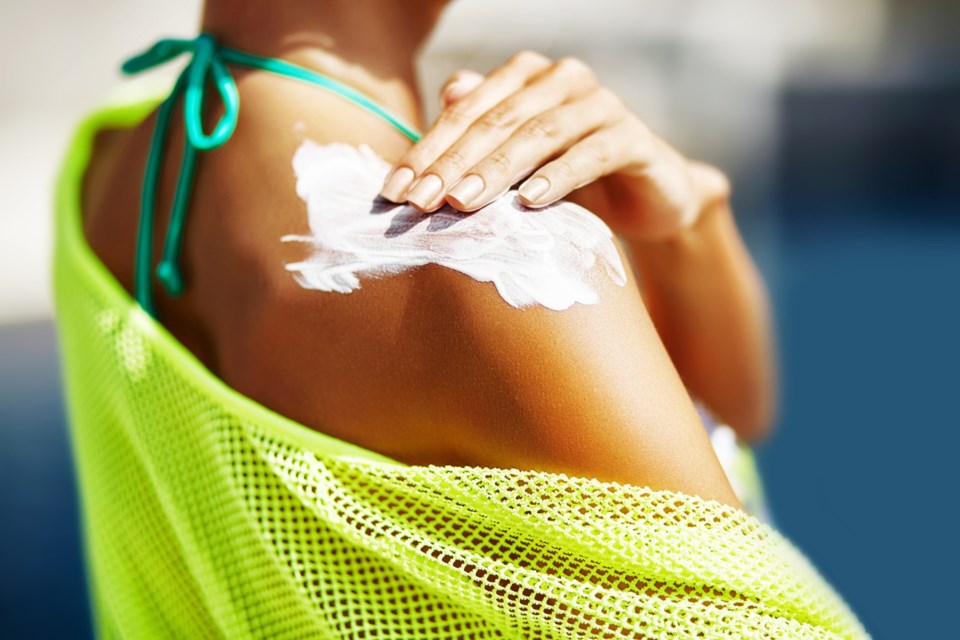These are no longer the days when mothers put butter on burns and beach bums tanned with aluminum foil at their sides. We know a little better. But there is always more we can do to prevent sun damage, so we enlisted a pale person to advise us.
- Buy makeup and moisturizers with sunscreen in them! It’s an easy way to get yourself some everyday sun protection, but unless it’s at least SPF 15, it definitely isn’t enough on its own.
- Lather it on! You should use one ounce to cover your whole body. Most people use half that.
- Lip balm: lips are sensitive to burns and easily overlooked, so invest in one with an SPF of 30 or higher.
- Buy a cute sunhat. And actually wear it.
- Don’t wait until you’re in the sun. It’s best to apply about half an hour before you go out. Reapply at least every two hours.
- UV rays are strongest between 10 a.m. and 4 p.m. so plan your swim-hours accordingly.
- This one’s a no-brainer: avoid tanning beds and sunlamps. They’re just as dangerous as the sun in terms of cancer and long-term skin damage.
- Know your label!
- Buy broad spectrum, meaning a sunscreen that offers both UVA and UVB protection. (UVB causes burns, but UVA is also damaging to the structure and health of your skin.)
- The SPF number is the level of protection the sunscreen provides against UVB rays. While a higher SPF number means more protection, the higher you go, the slimmer the difference becomes. SPF 15 filters out about 93 percent of UVB rays. SPF 30 filters out about 97 percent, compared to SPF 50’s 98 percent. SPF 100 filters about 99 percent.
- Any SPF below 15 only protects against sunburn, leaving your skin open to skin cancer and aging.
- Water resistant does not mean waterproof. However, no sunscreen in the world is waterproof. So if you’ll be swimming or sweating, reapply often.
Originally published in Plano Profile‘s June 2017 issue in the Summer Survival Guide!




